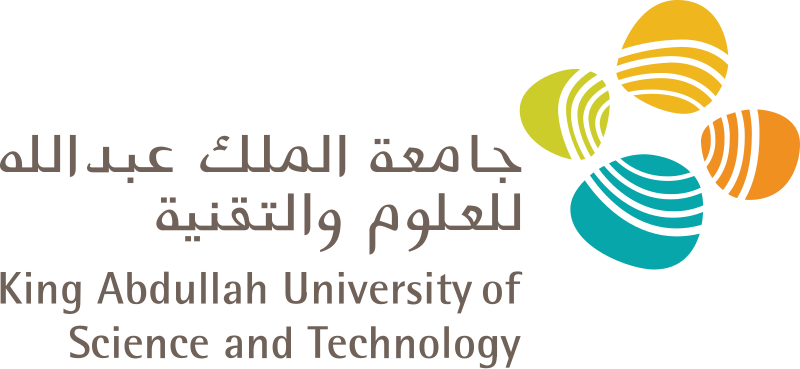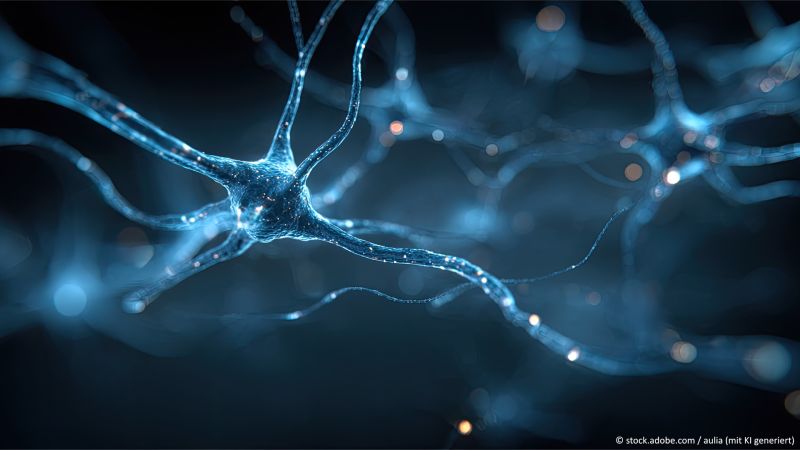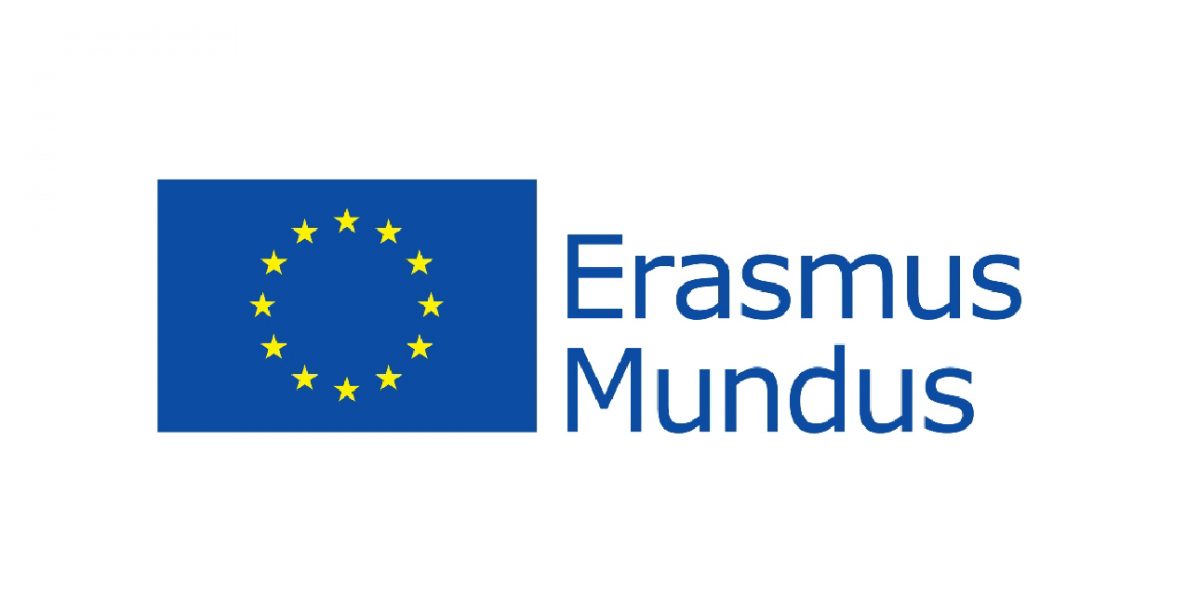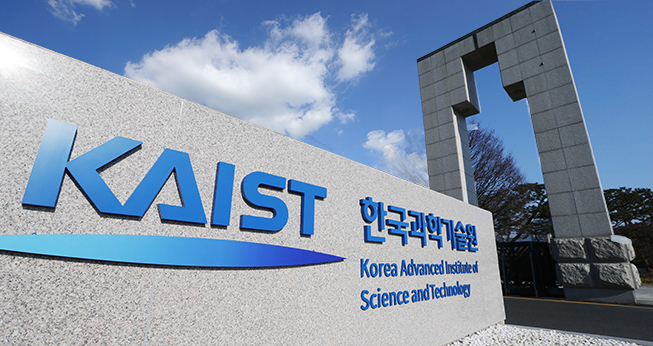
Applying to KAUST - Your Complete Guide for Masters & Ph.D. Programs (Upcoming Admissions)
Admissions Overview & Key Requirements

A research team, led by neurobiologist Prof. Dr. Hilmar Bading, who directs the Institute of Neurobiology at Heidelberg University’s Interdisciplinary Center for Neurosciences (IZN), found out that in mouse models of Alzheimer’s that the harmful effect comes from a complex formed by two proteins: the NMDA receptor, normally important for learning and memory, and the TRPM4 ion channel. When these two lock together outside synapses – the contact points where neurons communicate – they create what scientists call a “death complex.” This deadly pairing not only kills neurons but also feeds into the production of more amyloid plaques, driving a vicious cycle of brain damage.
The researchers found that Alzheimer’s mice had significantly higher levels of this complex than healthy animals. To counter this, the team used a novel compound, FP802, known as a TwinF Interface Inhibitor, and successfully disrupted the toxic interaction. FP802 binds to the “TwinF” contact surface between TRPM4 and NMDA receptors, breaking the complex apart and providing neuroprotection. In Alzheimer’s mice treated with FP802, memory and learning abilities were largely preserved, brain cell loss was slowed, and amyloid plaque formation was greatly reduced.
According to Prof. Bading, this approach fundamentally differs from previous treatment strategies for Alzheimer’s disease. “Instead of targeting the formation or removal of amyloid from the brain, we are blocking a downstream cellular mechanism, the NMDAR/TRPM4 complex, that can cause the death of nerve cells and – in a disease-promoting feedback loop – promotes the formation of amyloid deposits,” states the Heidelberg neurobiologist. In prior studies, the team was able to demonstrate comparable neuroprotective effects of the TwinF Interface Inhibitor FP802 in disease models for amyotrophic lateral sclerosis (ALS), in which the NMDAR/TRPM4 complex also plays a role.
The researchers therefore believe they have found in the novel inhibitor a potentially widely applicable pharmacological principle that could slow or even stop the progression of neurodegenerative diseases like Alzheimer’s and ALS. Prof. Bading reports, however, that a prospective clinical application is still a long way off. “The previous results are quite promising in the preclinical context, but comprehensive pharmacological development, toxicological experiments, and clinical studies are needed to realize a possible application in humans,” stresses the scientist. In close cooperation with FundaMental Pharma, the neuroprotective molecule FP802 is to be optimized for this in the coming years.
The research was funded by the German Research Foundation, the European Research Council, the former Federal Ministry of Education and Research, the National Natural Science Foundation of China, and the east Chinese province of Shandong. The results of the study were published in Molecular Psychiatry on August 26, 2025.
Source: University of Heidelberg
Share

Applying to KAUST - Your Complete Guide for Masters & Ph.D. Programs (Upcoming Admissions)
Admissions Overview & Key Requirements

Erasmus Mundus Joint Master's 2026 (Upcoming Admissions)
Erasmus Mundus programs are scholarships available to students worldwide, offering fully-funded Master’s degrees to study in Europe!

Registration Opens for SAF 2025: International STEAM Azerbaijan Festival Welcomes Global Youth
The International STEAM Azerbaijan Festival (SAF) has officially opened registration for its 2025 edition!

KAIST International Graduate Admissions Spring 2026 in Korea (Fully Funded)
Applications are open for KAIST International Admissions for Master’s, Master’s-PhD Integrated, Ph.D., and Finance MBA

Young Leaders Union Conference 2025 in Paris (Fully Funded)
Join Global Changemakers in Paris! Fully Funded International Conference for Students, Professionals, and Social Leaders from All Nationalities and Fields

An mRNA cancer vaccine may offer long-term protection
A small clinical trial suggests the treatment could help keep pancreatic cancer from returning